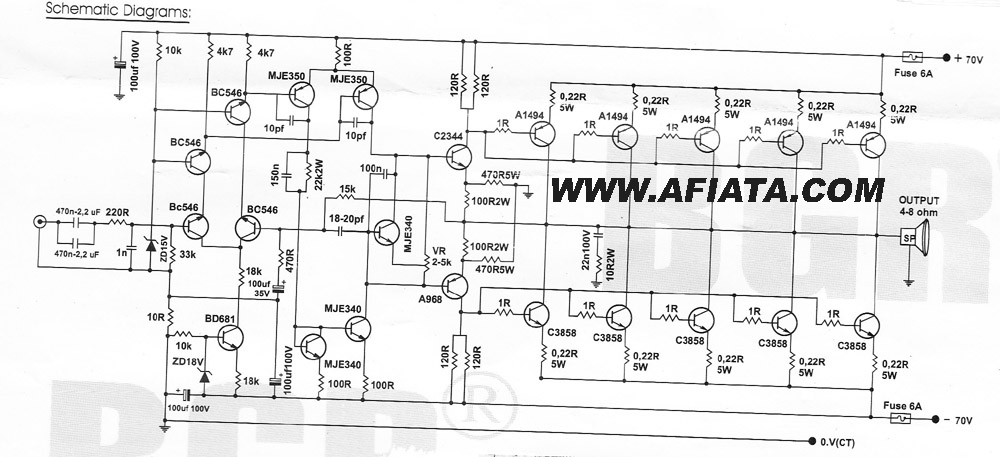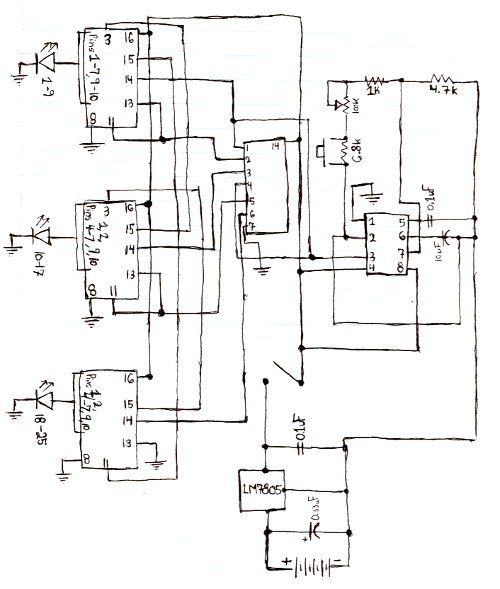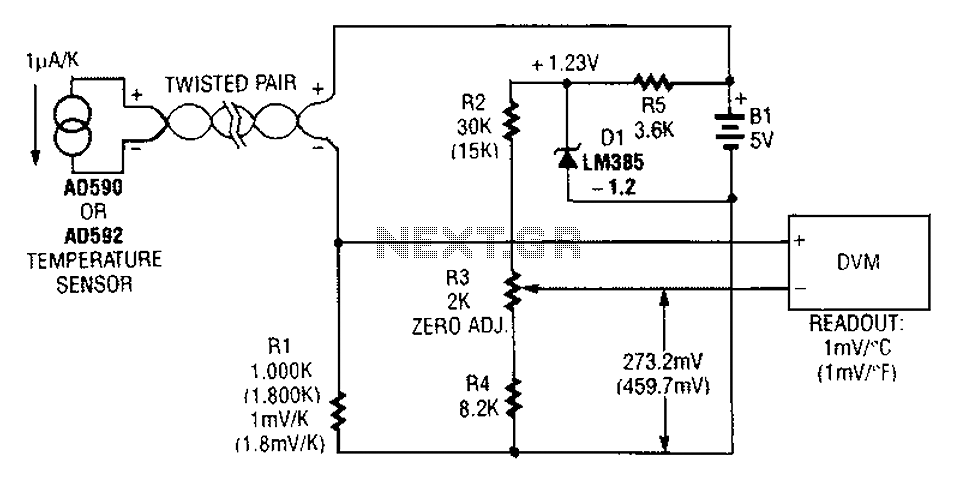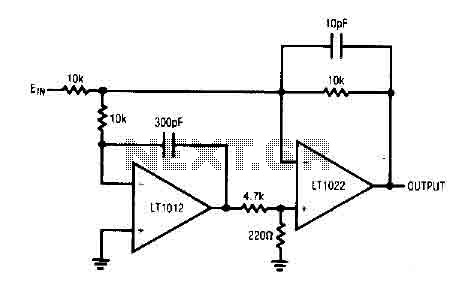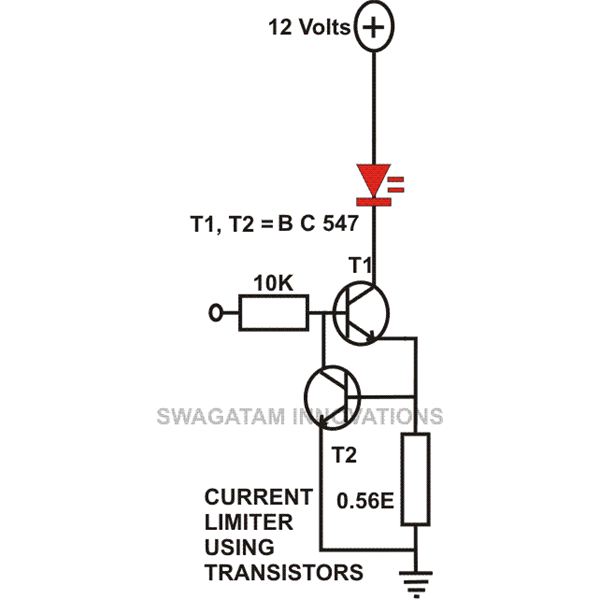
Six-way operation of the dynamic braking circuit
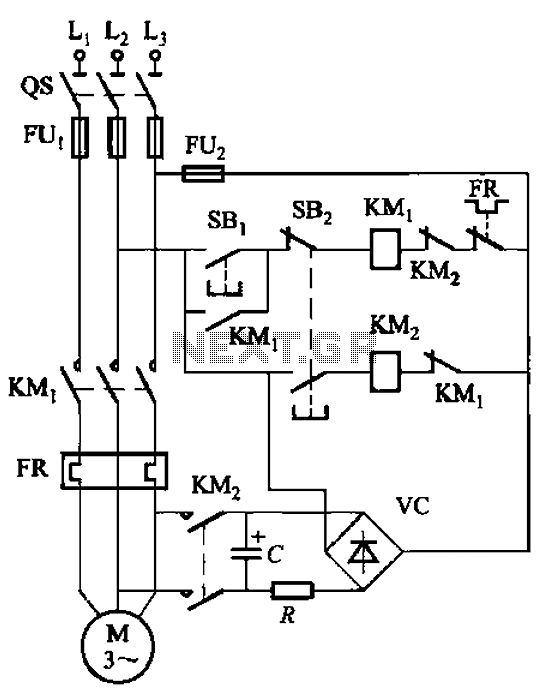
The circuit depicted in Figure 3-138 utilizes the principle of energy storage through capacitor discharge to achieve braking. The capacitance (C) and resistance (R) parameters are determined based on the size of the motor power. The capacitance (C) is typically in the range of hundreds of microfarads, with a voltage rating exceeding 600V. The resistance (R) is generally a few tens of ohms up to 100 ohms, with the resistance value decreasing as the motor power increases.
The circuit operates by employing capacitors that store electrical energy when the motor is in operation. Upon activation of the braking mechanism, the stored energy is rapidly discharged through the motor windings, creating a counteracting torque that slows down the motor. This method is efficient as it allows for quick energy release, enhancing the braking response time.
The choice of capacitance is critical; it must be sufficient to store enough energy to provide effective braking while remaining within the voltage limits of the system. Capacitors rated for voltages greater than 600V are utilized to ensure safety and reliability under high-voltage conditions. The capacitance value, typically in the range of hundreds of microfarads, is calculated based on the motor's power requirements, ensuring that the energy storage is adequate for the braking needs.
Resistance plays a vital role in controlling the discharge rate of the capacitor. Lower resistance values are preferable for higher power motors, as they allow for a quicker discharge of energy, resulting in more effective braking. Conversely, higher resistance values may be used for smaller motors to prevent excessive current that could damage the circuit components.
In summary, the circuit design integrates capacitors and resistors to provide an efficient energy storage and discharge mechanism for motor braking applications. Proper selection of capacitance and resistance values is essential to optimize performance and ensure the system operates safely and effectively. Circuit shown in Figure 3-138. The line is also using the principle of energy storage capacitors discharge achieve braking. Capacitance C and resistance R parameters from the m otor power size. Capacitance C- like hundreds of microfarads, voltage greater than 600V; R- resistance as a few tens of ohms to 100 fl (motor power greater the resistance Phi Bai small).
The circuit operates by employing capacitors that store electrical energy when the motor is in operation. Upon activation of the braking mechanism, the stored energy is rapidly discharged through the motor windings, creating a counteracting torque that slows down the motor. This method is efficient as it allows for quick energy release, enhancing the braking response time.
The choice of capacitance is critical; it must be sufficient to store enough energy to provide effective braking while remaining within the voltage limits of the system. Capacitors rated for voltages greater than 600V are utilized to ensure safety and reliability under high-voltage conditions. The capacitance value, typically in the range of hundreds of microfarads, is calculated based on the motor's power requirements, ensuring that the energy storage is adequate for the braking needs.
Resistance plays a vital role in controlling the discharge rate of the capacitor. Lower resistance values are preferable for higher power motors, as they allow for a quicker discharge of energy, resulting in more effective braking. Conversely, higher resistance values may be used for smaller motors to prevent excessive current that could damage the circuit components.
In summary, the circuit design integrates capacitors and resistors to provide an efficient energy storage and discharge mechanism for motor braking applications. Proper selection of capacitance and resistance values is essential to optimize performance and ensure the system operates safely and effectively. Circuit shown in Figure 3-138. The line is also using the principle of energy storage capacitors discharge achieve braking. Capacitance C and resistance R parameters from the m otor power size. Capacitance C- like hundreds of microfarads, voltage greater than 600V; R- resistance as a few tens of ohms to 100 fl (motor power greater the resistance Phi Bai small).
